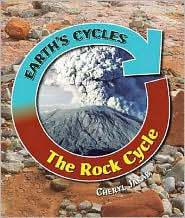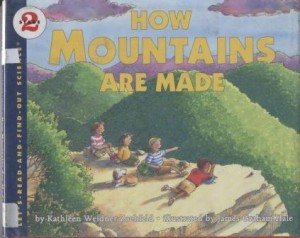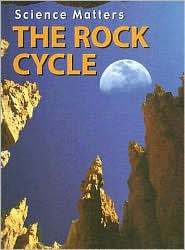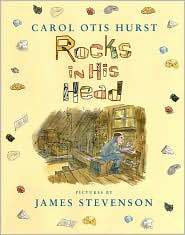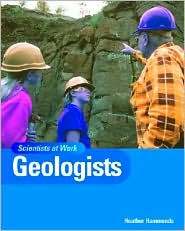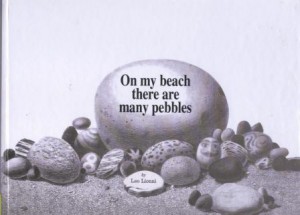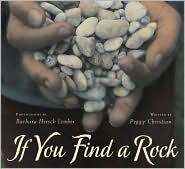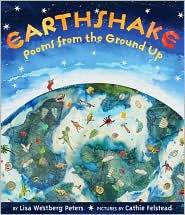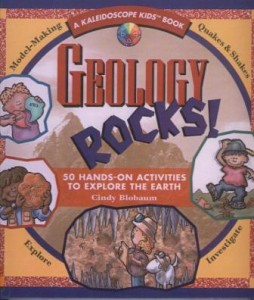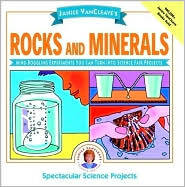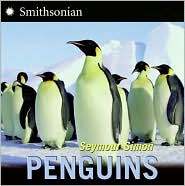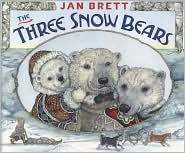The Virtual Bookshelf provides a list of recommended children’s books that reflect the theme of the issue and offers ideas on how to integrate them across the curriculum.
We selected books for this issue’s topic that may prompt your students to stop and ask themselves questions about the rocks they find on their way to school or near their homes. Where did the rocks come from? What stories do they tell? From these books, students can learn how to identify the three types of rocks: igneous, metamorphic, and sedimentary. In related activities, they will use language skills to describe the physical characteristics of rocks they find. They will also be asked to think about rocks and minerals in their daily lives…where did the graphite in their pencils come from?We often think of earth cycles only in terms of what we experience firsthand, such as the seasons or the water cycle. But the rock cycle is happening right now, too! Photographs and clearly labeled diagrams will help students begin to understand this ongoing, complex cycle.
We’ve divided the books into six categories: Rocks and Minerals, the Rock Cycle, Geologists, Descriptive Language, Hands-on Geology, and, of course, Penguins and Polar Bears. As always, we rely heavily on nonfiction books to expose your students to accurate scientific information and expository or informational text structure. These books, the ReadWriteThink lesson titled Talking About Books to Improve Comprehension, and the hands-on experiences in our science lessons will help students develop a rich understanding of the concepts involved.
Rocks and Minerals
Use these books to introduce the topics of rocks and minerals, accompany a textbook, or supplement the lessons and activities in “Hands-On Science and Literacy Activities About Rocks and Minerals.”
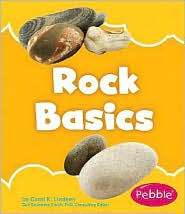 |
Rock Basics. Carol K. Lindeen. 2008. Nonfiction easy reader. Recommended ages: Grades K-1. This book does a great job of introducing the abundance of rocks around the earth, the people who study them, and the uses we have for rocks in everyday materials. |
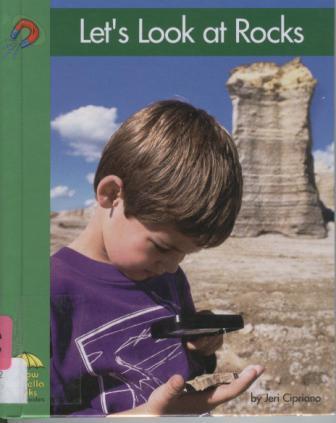 |
Let’s Look at Rocks. Jeri Cipriano. 2004. Nonfiction easy reader. Recommended ages: Grades K-1. Photos show children with some of the rocks found all over the earth – on mountains, in streams, and as grains of sand. The last few pages show pictures of rocks being used in jewelry, statues, homes and classrooms. |
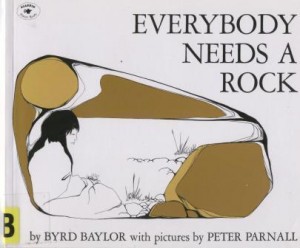 |
Everybody Needs a Rock. Byrd Baylor. 1985. Picture book. Recommended ages: Grades K-2. Baylor describes her rules for finding the perfect rock. A great introduction to rock hunting. This book is used in the Science NetLinks lesson Sampling Rocks. |
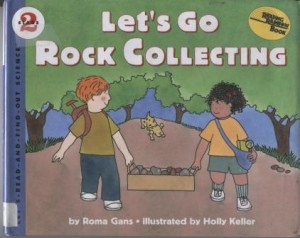 |
Let’s Go Rock Collecting (Let’s Read and Find Out About Science series). Roma Gans. 1997. Nonfiction book. Recommended ages: Grades 2-3. A basic introduction to rocks and minerals, including the ways rocks form and how to identify them. The section on metamorphic rocks has photos of rocks “before” and “after” changes by heat and pressure. |
 |
Minerals (Science Matters series). Patricia Miller-Schroeder. 2005. Nonfiction book. Recommended ages: Grades 3-5. This book provides an overview of minerals, their characteristics, classification, and uses. Full-color pictures accompany the straightforward text. A table of contents, a glossary, and an index provide opportunities for practice with these organizational features. |
 |
Rocks (Early Bird Earth Science series). Sally M. Walker. 2007. Nonfiction book. Recommended ages: Grades 3-5. A clearly written, comprehensive introduction to the rock and mineral concepts covered in the elementary grades. Five chapters cover the definition of a rock, the three types of rocks, and the rock cycle. In each chapter, the author provides clear explanations that make these concepts accessible. For example, the chapter on metamorphic rocks includes simple descriptions of how the minerals in various rocks change. A note at the end of the book provides guidance for parents and other adults reading with students. |
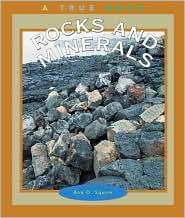 |
Rocks and Minerals (A True Book). Ann O. Squire. 2002. Nonfiction book. Recommended ages: Grades 3-5. This book provides basic information about rocks and minerals, the three types of rocks, the rock cycle, and common uses for rocks throughout history. |
Rock Cycle
These books help students begin to visualize the rock cycle, a difficult topic that is covered in more detail in the middle school years. The lesson plan Rock Discovery can be used in conjunction with these titles.
Geologists
Use these two books to introduce the discipline of geology. These titles would accompany this month’s Feature Story, “Reader of the Rocks.”
Descriptive Language
In all grades, studying rocks and minerals involves description. Use these books to help students become proficient in their use of descriptive language. The ReadWriteThink lesson Delicious, Tasty, Yummy: Enriching Writing with Adjectives and Synonyms provides instruction and support for students in this mode of writing.
Hands-on Geology
These two books are perfect for individual exploration, enrichment, or learning centers. Teachers of grades K-2 may be able to modify activities for their students.
Penguins and Polar Bears
This article was written by Kate Hastings. For more information, see the Contributors page. Email Kimberly Lightle, Principal Investigator, with any questions about the content of this site.
Copyright September 2008 – The Ohio State University. This material is based upon work supported by the National Science Foundation under Grant No. 0733024. Any opinions, findings, and conclusions or recommendations expressed in this material are those of the author(s) and do not necessarily reflect the views of the National Science Foundation. This work is licensed under an Attribution-ShareAlike 3.0 Unported Creative Commons license.


